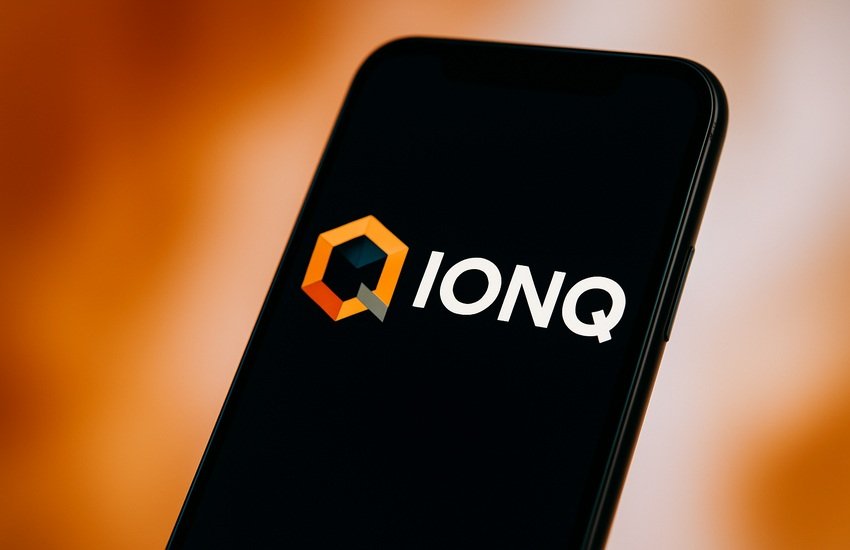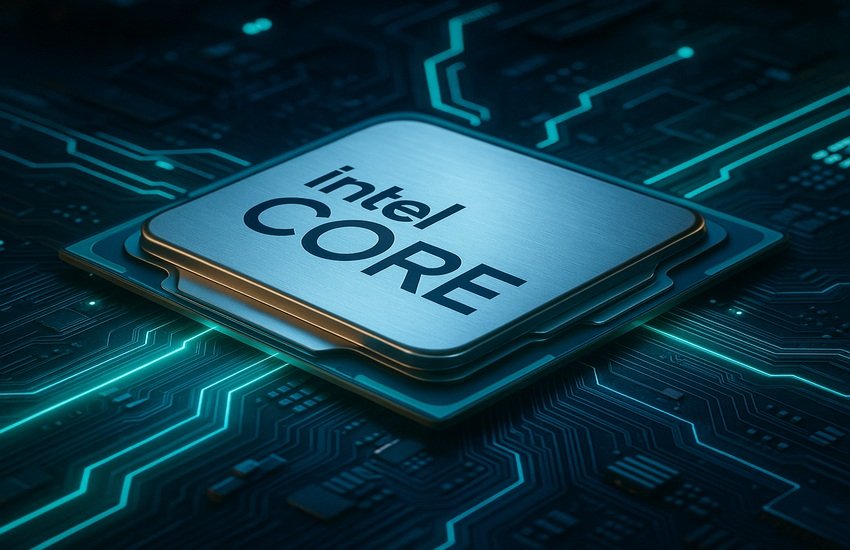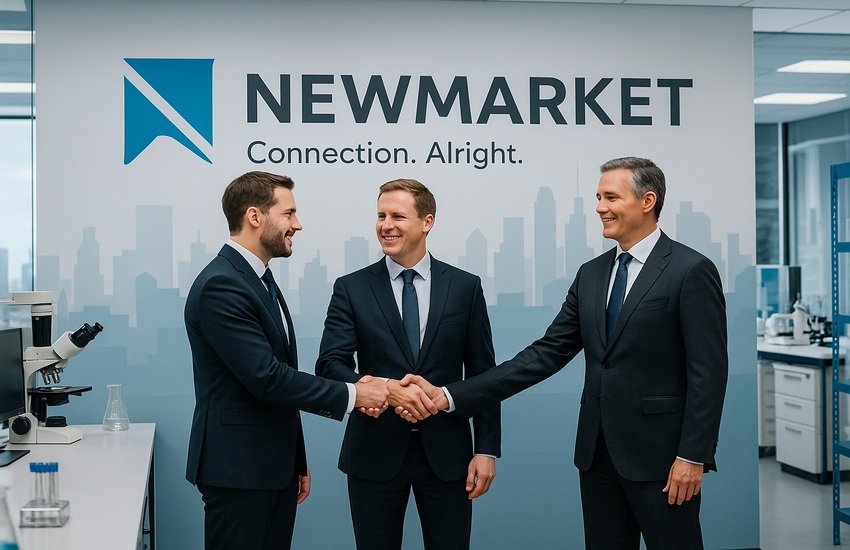Continue Reading With Our 7-Day Free Trial
IonQ has emerged as one of the most ambitious players in the quantum computing space, recently doubling down on both compute and networking strategies. Its Q2 2025 earnings call showcased a slew of high-profile announcements, including the strategic acquisition of Capella, formation of a Quantum Networking division, and a landmark $1 billion investment from Susquehanna. But even more intriguing are IonQ’s acquisition plans: the company has already announced the planned acquisition of Oxford Ionics and is reportedly in talks with Vector Atomic. If both deals go through, IonQ could drastically expand its capabilities in ion trap-based quantum computing and precision timing/navigation technologies. This would be an aggressive move towards vertically integrating every critical component in the quantum stack—from compute to communication to secure timing infrastructure. While IonQ remains the most well-capitalized quantum pure-play with $1.6 billion in pro forma cash, its steep LTM valuation multiples—such as a 372x P/S and 664x EV/GP—raise important questions about the cost of such aggressive expansion.
Quantum Compute At Scale: Leveraging Oxford Ionics’ On-Chip Integration
The most immediate synergy between IonQ and Oxford Ionics lies in hardware scalability. IonQ’s roadmap is already ambitious, with plans to achieve 800 logical qubits by 2027 and 80,000 by 2030. Oxford Ionics complements this roadmap through its proprietary microwave-based control over trapped ions, which eliminates the need for complex laser systems that often hinder scalability. More importantly, Oxford’s ion trap-on-a-chip architecture could allow for mass production of qubit processors—something that aligns perfectly with IonQ’s Seattle manufacturing facility. This integration also unlocks the potential for achieving up to 2 million qubits per chip, with future ambitions of scaling to 10 million traps. The potential to vertically integrate a modular, chip-based architecture with IonQ’s photonic interconnect strategy from Lightsynq means that IonQ could be one of the few companies to scale trapped-ion systems without proportionally increasing system complexity or cost. This would dramatically improve unit economics in a field where achieving fault tolerance often leads to runaway costs. However, the risk lies in technical integration: IonQ’s current systems are laser-controlled and Oxford’s are microwave-controlled, creating a complex compatibility challenge. If IonQ fails to reconcile these architectures into a unified product, the synergy could remain theoretical. But if successful, this deal could make IonQ the first company to reach a scalable, cost-effective, fault-tolerant trapped-ion quantum processor, potentially giving it a multi-year lead over rivals.
Building The Quantum Internet: Photonic + Atomic Clocks Via Vector Atomic
Vector Atomic brings to the table precision navigation and timing technologies powered by quantum sensors and atomic clocks. This complements IonQ’s recent foray into quantum networking through acquisitions of ID Quantique, Capella, and Lightsynq. If acquired, Vector Atomic’s ultra-stable timing solutions could become the backbone for IonQ’s future quantum networks, particularly in space-based applications. Capella, now part of IonQ, is already developing low-earth orbit (LEO) satellites equipped with quantum communication devices. By integrating Vector Atomic’s atomic clocks into these satellites, IonQ could significantly improve the synchronization of distributed quantum systems, a critical requirement for entanglement-based QKD (quantum key distribution) and interlinked quantum processors. Additionally, these clocks could aid in secure, GPS-independent navigation—a strategic interest for national defense and aerospace partners. The timing infrastructure could also bolster IonQ’s credibility in post-quantum secure communications, a segment gaining urgency amidst concerns about RSA2048 vulnerabilities. However, capitalizing on this synergy will require IonQ to enter domains traditionally outside its core compute expertise, such as advanced optics, vacuum systems, and space-qualified hardware. These areas carry significant technical and regulatory hurdles. Moreover, the market for quantum clocks is currently niche and government-dependent, making immediate monetization uncertain. Still, if IonQ successfully layers compute, networking, and timing into an end-to-end quantum stack, it could position itself as an indispensable infrastructure provider in a future quantum internet.
De-Risking The Supply Chain Through Vertical Integration
Both Oxford Ionics and Vector Atomic manufacture mission-critical quantum subsystems in-house—ion trap chips and atomic clocks respectively. Acquiring them would not only consolidate intellectual property under IonQ but also reduce dependency on third-party component suppliers in a field where supply chain fragility can delay roadmaps by years. IonQ has emphasized the importance of unit economics and scalability, asserting that its systems will maintain an eight-figure bill of materials even at 80,000 logical qubits. Bringing chip manufacturing and timing infrastructure in-house could protect that cost structure by avoiding vendor lock-in or price inflation. It could also accelerate internal prototyping and reduce iteration cycles. In addition, IonQ could commercialize these subsystems as standalone offerings—selling chips or timing solutions to other quantum or classical systems integrators. This diversification could offset the volatility of long-cycle compute deployments, especially as the company tries to hit aggressive revenue targets of $100 million for FY2025. Yet, vertical integration also carries risk. Managing two additional hardware production pipelines, on top of existing investments in Lightsynq, Capella, and ID Quantique, could strain operational bandwidth and dilute strategic focus. Furthermore, any operational hiccup in bringing these businesses under IonQ’s umbrella—be it cultural, technical, or managerial—could delay the very roadmaps they are intended to accelerate. Vertical integration promises control and scale but demands flawless execution, particularly at IonQ’s current scale and high burn rate.
Expanding Sovereign & Enterprise Use Cases
IonQ has strategically aligned itself with national governments and Fortune 100 companies, targeting high-value use cases such as drug discovery (via AstraZeneca), energy grid optimization (Oak Ridge National Lab), and defense-grade secure communications (EPB, DARPA). Acquiring Oxford Ionics and Vector Atomic could expand IonQ’s relevance across even more verticals. Oxford’s chip-based design is a better fit for mobile and embedded environments, enabling edge quantum computing scenarios like battlefield logistics, in-field decision-making, or mobile healthcare diagnostics. Meanwhile, Vector Atomic’s navigation and timing technologies could appeal to aerospace and defense clients looking for GPS-independent systems—especially in contested or GPS-denied environments. Together, these acquisitions could help IonQ evolve from a quantum compute provider to a broader infrastructure company capable of offering compute, network, and navigation services as a bundled solution. This could strengthen IonQ’s position in sovereign tech deployments, particularly in regions like South Korea, Japan, and the U.S. where it already has deep partnerships. However, success in these verticals is not guaranteed. Government procurement cycles are long and can stall due to political or budgetary shifts. Also, bundling products across verticals may introduce sales complexity—particularly if IonQ’s commercial team becomes stretched thin managing highly customized deals. While expanding into adjacent sectors is a logical evolution, it introduces execution risk, especially given IonQ’s already steep LTM revenue multiple of 362x EV/Revenue and 372x P/S, both of which imply extremely high growth expectations.
Key Takeaways
IonQ’s interest in acquiring Oxford Ionics and Vector Atomic underscores a bold strategy to control the full quantum stack—from chip-level processors to photonic interconnects and secure timing. The potential benefits are clear: improved scalability, deeper vertical integration, and expansion into sovereign-grade solutions. These synergies could create defensible moats in both commercial and governmental quantum deployments. However, these moves also magnify the company’s operational complexity and raise executional risk, particularly given the disparate nature of these technologies. Any delays or integration issues could undermine IonQ’s already ambitious roadmaps. Meanwhile, IonQ’s valuation remains stretched by virtually every LTM metric: a 372x P/S, 664x EV/GP, and a levered FCF yield of -1.4% paint a picture of sky-high expectations with minimal room for error. Whether these acquisitions unlock strategic upside or become a drag on resources will depend not just on closing the deals, but on how well IonQ can execute post-acquisition integration while managing investor expectations. The path forward is promising—but complex.





